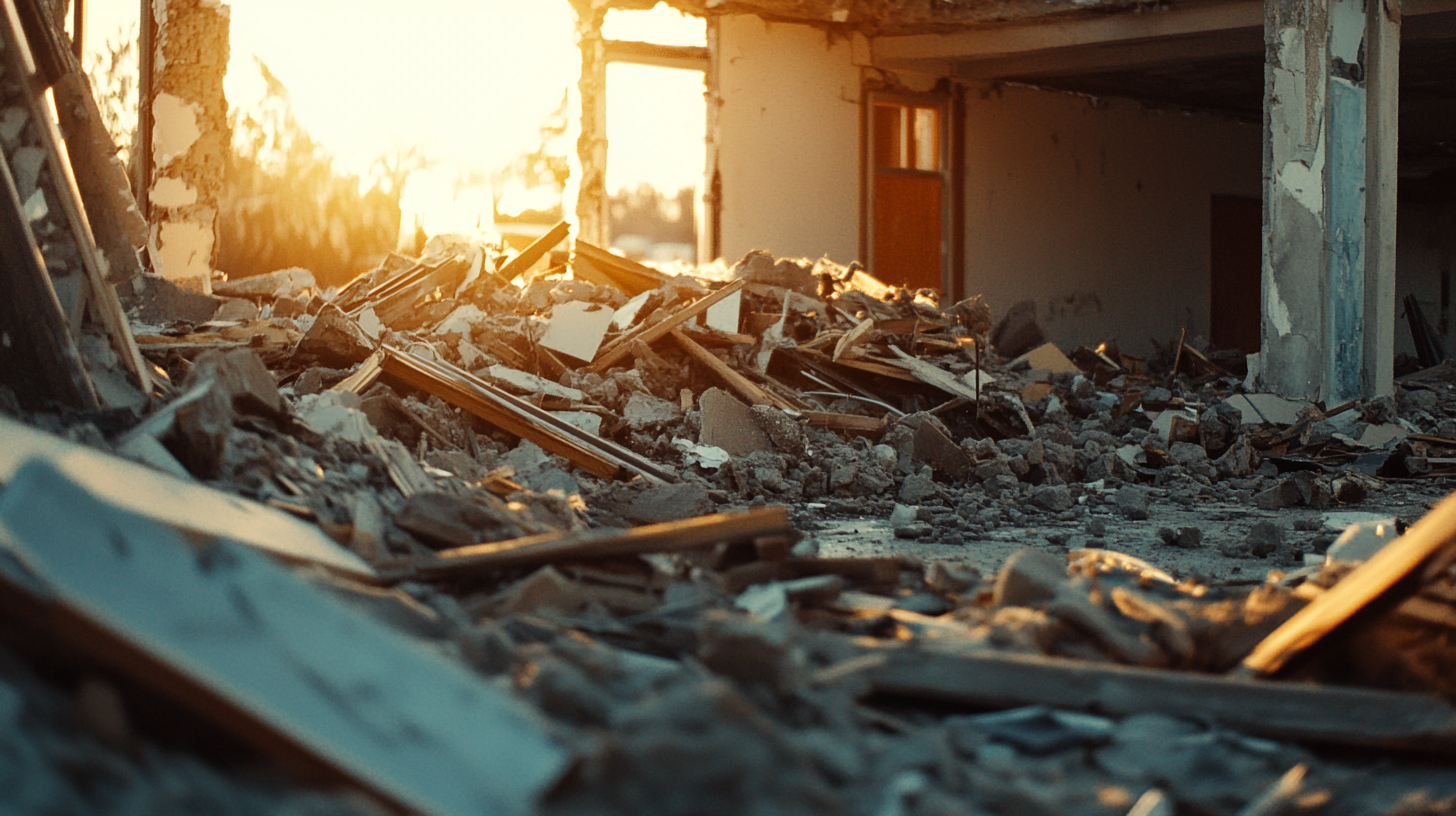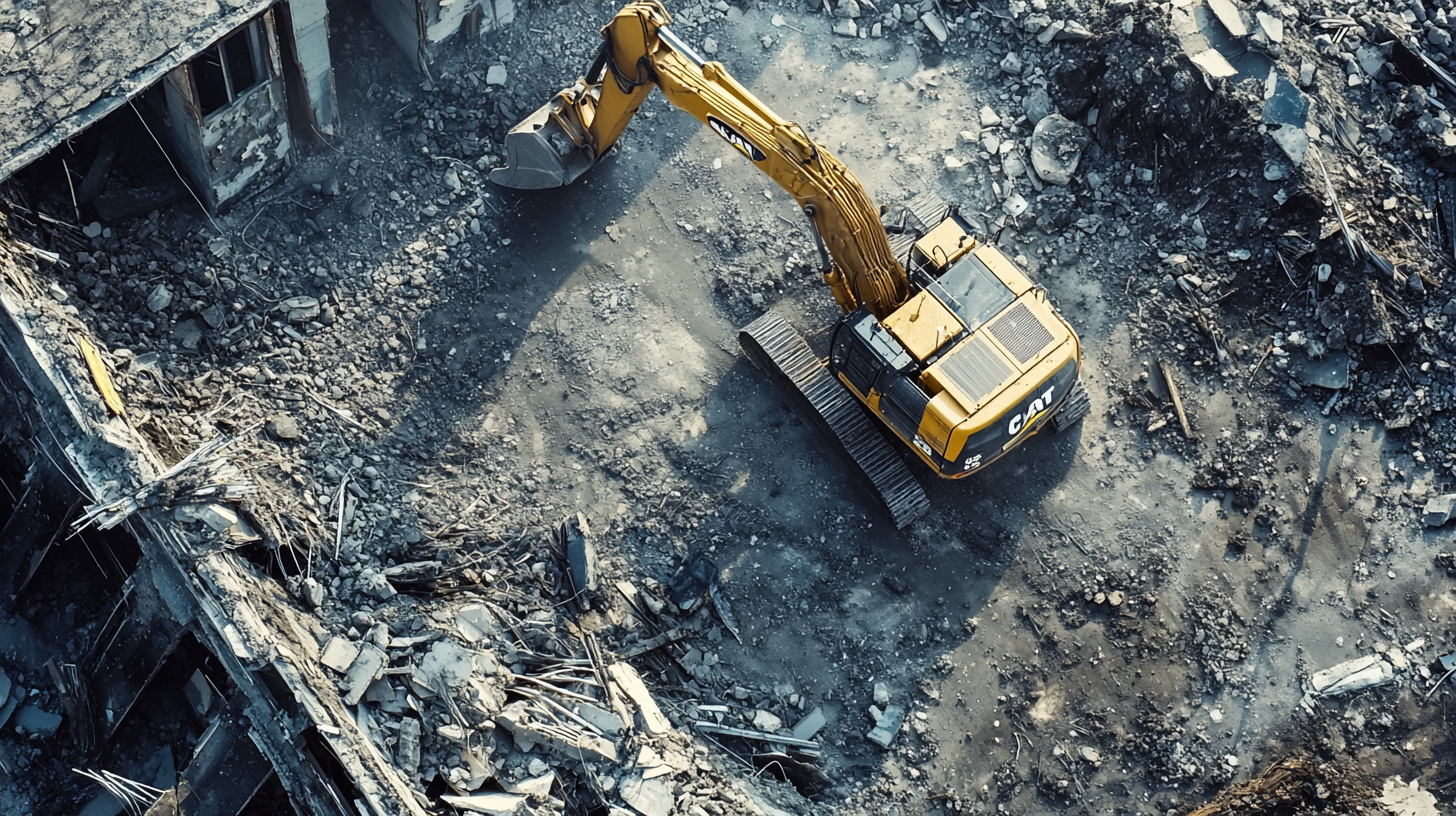Embarking on a journey to enhance your home's energy efficiency and comfort begins with the installation of insulation in your crawl space. This step-by-step guide is designed to empower homeowners with the knowledge and confidence needed to effectively insulate their crawl spaces. By following these detailed instructions, you'll navigate the process seamlessly, ensuring a well-insulated crawl space that contributes to a cozier and more sustainable living environment.
Expert Insights: Consultation and Tips for Successful Crawl Space Insulation Installation
When it comes to installing insulation in your crawl space, seeking expert insights and guidance can be a game-changer for a successful and efficient project. Consulting with professionals who specialize in crawl space insulation can provide valuable recommendations tailored to your specific home and climate. These experts can assess factors like insulation type, material, and proper installation techniques, ensuring that your crawl space is effectively insulated to achieve maximum energy efficiency and comfort.
In addition to consultation, experts can offer essential tips to optimize your insulation installation. They can advise on proper vapor barrier placement, sealing air leaks, and addressing potential moisture issues. With their knowledge, you can navigate potential challenges and avoid common pitfalls, ultimately achieving a well-insulated crawl space that contributes to improved indoor comfort and energy savings. By tapping into expert insights, you'll be equipped with the know-how needed to make informed decisions and execute a successful crawl space insulation project that yields lasting benefits for your home.
Long-Term Benefits: How Proper Insulation Installation Enhances Home Comfort
Proper insulation installation stands as a cornerstone of enhanced home comfort, offering a range of long-term benefits that reverberate through every corner of your living spaces. By effectively insulating your home, you create a thermal barrier that prevents outdoor temperature extremes from infiltrating, leading to more stable and comfortable indoor conditions year-round. As a result, you can bid farewell to chilly drafts and uncomfortably hot spots, reveling in an environment where the temperature remains consistent and inviting.
Moreover, the long-term benefits of proper insulation installation extend to your energy consumption and utility bills. A well-insulated home requires less effort from your heating and cooling systems to maintain a desired temperature, leading to reduced energy usage and lower monthly expenses. With insulation working tirelessly to keep your home cozy, you can enjoy the warmth of winter and the coolness of summer without worrying about excessive energy costs. By investing in proper insulation installation, you embark on a journey towards sustained comfort and financial savings, ensuring that your home becomes a haven of relaxation for years to come.
Insulation Safety Measures: Tips to Ensure a Secure Installation Process
Ensuring insulation safety measures during the installation process is paramount to safeguard both your well-being and the effectiveness of your home improvement project. Before beginning, it's crucial to wear appropriate personal protective equipment (PPE), such as gloves, goggles, and a dust mask, to shield yourself from potential irritants. Adequate ventilation is also essential to prevent the accumulation of airborne particles and maintain a breathable atmosphere.
Furthermore, taking precautionary steps to address potential fire hazards is imperative. Ensure that insulation materials are kept away from heat sources and that your installation does not obstruct electrical fixtures, outlets, or appliances. Maintaining clear pathways and avoiding compressing insulation excessively can prevent overheating and maintain the insulation's intended performance. By adhering to these insulation safety measures, you not only create a secure environment for yourself and your family but also ensure a successful installation that contributes to improved home comfort and energy efficiency.
FAQs
-
What is the purpose of installing insulation in a crawl space?
Installing insulation in a crawl space serves to create a thermal barrier that prevents heat transfer between the crawl space and the living areas of your home. It helps regulate indoor temperature, enhances energy efficiency, and contributes to overall home comfort.
-
What are the steps involved in installing insulation in a crawl space?
The installation process typically includes preparing the crawl space, sealing air leaks, laying down a vapor barrier, placing insulation material, and securing it in place. The specific steps can vary based on the insulation type and the layout of your crawl space.
-
What types of insulation are suitable for crawl spaces?
Common insulation materials for crawl spaces include fiberglass batts, foam board insulation, and spray foam insulation. The choice depends on factors like your budget, climate, and moisture levels in the crawl space.
-
Do I need any specialized tools or equipment for the installation?
Basic tools such as utility knives, tape measures, and staple guns are often necessary. Depending on the insulation type, you may also need a foam cutter or a specialized installation kit.
-
Can I install crawl space insulation as a DIY project, or should I hire a professional?
Crawl space insulation can be a DIY project, but it requires careful planning and execution. If you're not comfortable with the process or your crawl space has unique challenges, hiring a professional can ensure proper insulation installation for optimal results.
Contact Bull City Crawlspace Today!
Bull City Crawlspace will do everything we can to ensure your experience with us is excellent.
Request A FREE Estimate
Request a Free Estimate Form
We will get back to you as soon as possible.
Please try again later.
Checkout Recent Post




Got a Question? We’re Here to Help.
You can arrange an appointment or make an enquiry by phone or email, orget in touch to us via our contact form.
Business Hours:
Monday - Friday 8:00 AM - 8:00 PM Saturday and Sunday: Closed
We're your local family owned, operated and licensed crawl space repair and waterproofing company.
919-724-4601
jon@bullcitycrawlspace.com
Services
NATIONWIDE LEADER
Claim you free crawl space consultation today by clicking the button below.
Contact Info
Business Hours:
Mon to Fri: 8:00am - 8:00pm
All Rights Reserved | Bull City Crawlspace

